Besides Tehrani, the panel included prominent representatives of the industry such as Prof. Alia El Mahdi, Dr. Aya El-Garhy and Amir Aligholizadeh. The speakers discussed topics such as regional cooperation, green steel production, iron ore supply chain and Carbon Border Adjustment Mechanism (CBAM).
“North Africa can be a strategic supply point for Iran”
Tehrani stated that Iran will need to rely on foreign sources due to its decreasing domestic resources, adding that North Africa could play an important role in this regard. "Countries such as Egypt, Morocco and Jordan could be strong candidates to meet Iran's future iron ore needs. If sanctions are lifted, we foresee that these relations can develop rapidly," Tehrani stated.
However, geopolitical threats weaken this potential for cooperation, Tehrani noted, pointing to the decline in Suez Canal revenues and the efforts of countries such as Saudi Arabia to establish new transportation corridors. “These developments could directly affect Egypt's economic structure and the development of the steel industry,” he concluded.
“Green steel production is a big test for Iran”
The panel also discussed the environmental obligations under CBAM. Tehrani stated that Iran is facing serious challenges in the transition to green steel production and added, "Iran relies on iron ore and induction furnaces instead of scrap in its production. This makes it difficult to achieve green steel targets. Türkiye is in a more advantageous position with its scrap-based production."
By 2030, it will be very difficult to integrate into the green steel chain, especially for countries subject to sanctions, Tehrani noted, adding that environmental transformation can be accelerated through investments and regional cooperation.
"Alternative sources of supply: Morocco and Afghanistan"
Tehrani stated that Iran used to source iron ore from Afghanistan in the past, before Taliban control, but this option is no longer viable due to the current political conditions.
“Iran must invest to maintain its 10th place”
Reminding that Iran continues to rank 10th in global steel production, Tehrani pointed out, “The steel master plan targeted a production capacity of 55 million tons, but the actual production last year was below 30 million tons.” He underlined that Iran needs new investments and trade partnerships to maintain its ranking and move up the ladder.
“Preferential trade agreements can offset sanctions”
At the end of the panel, Tehrani concluded that preferential trade agreements through regional organizations such as the Gulf Cooperation Council could be an effective tool to mitigate the effects of sanctions. “Once the sanctions are lifted, there could be a huge boost not only in terms of production, but also in terms of outsourcing and regional integration,” he closed.


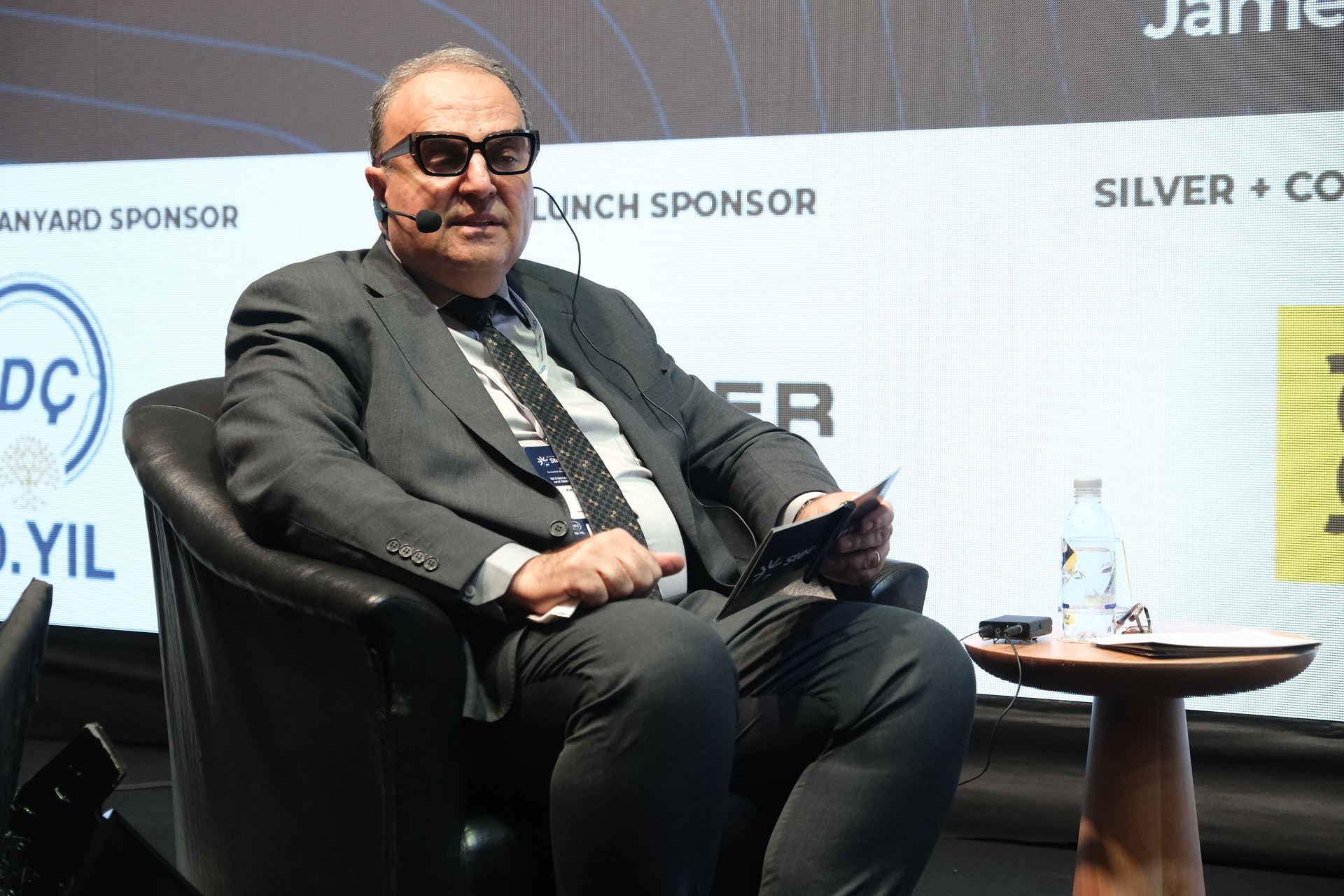
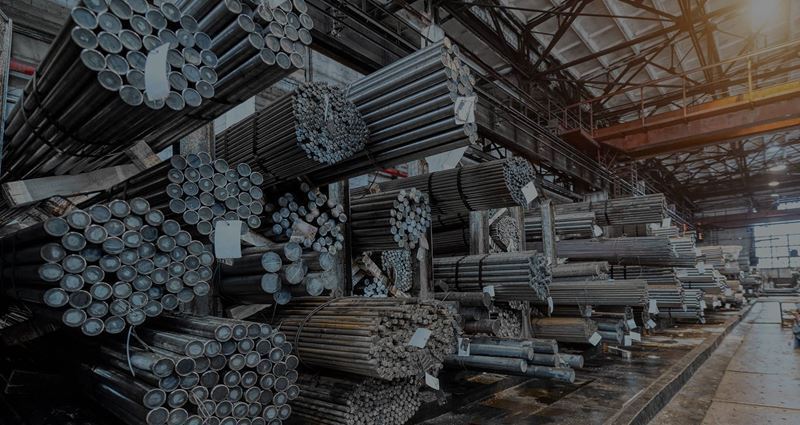
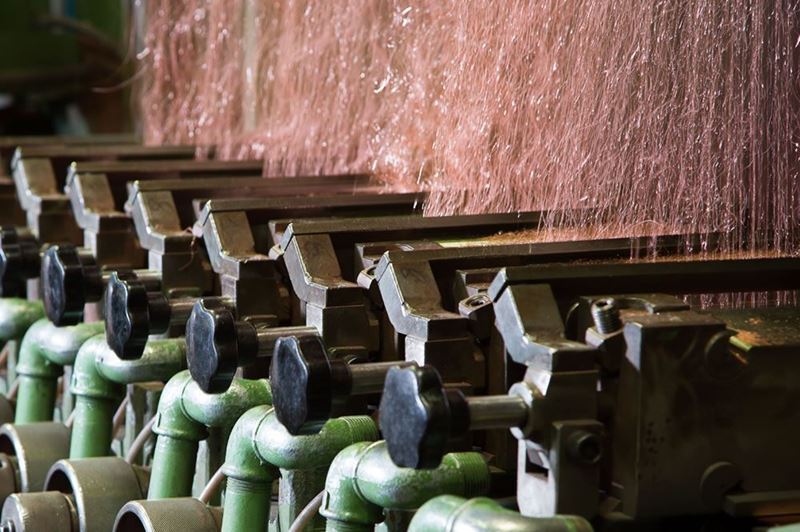
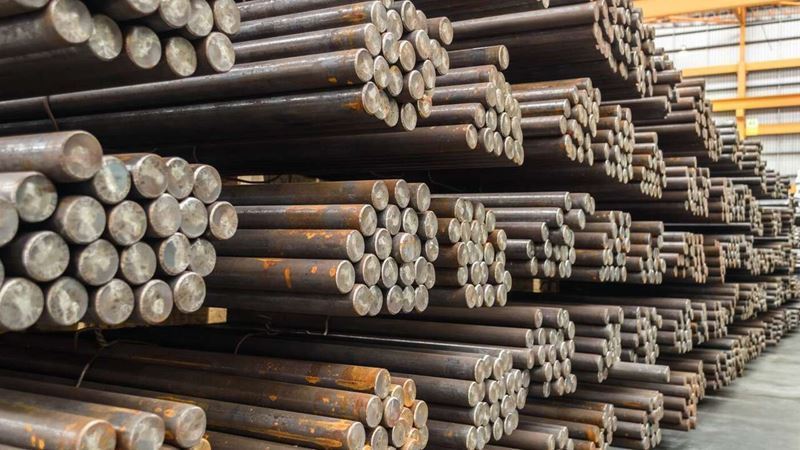
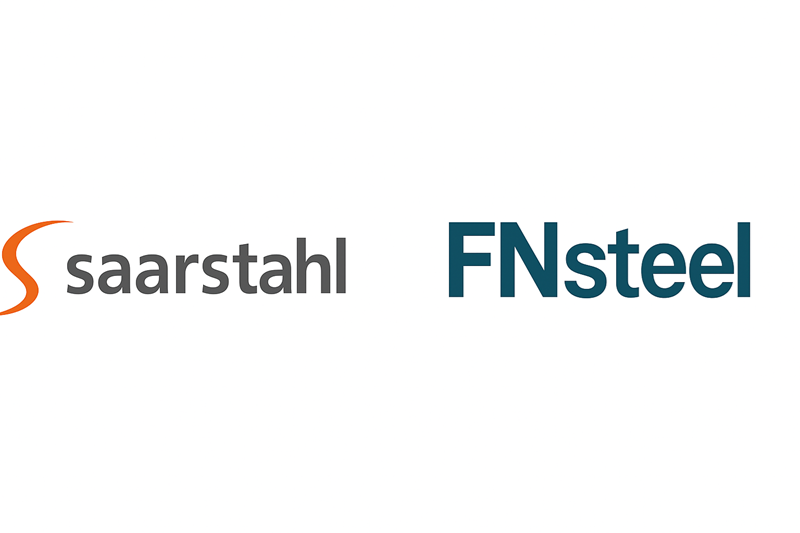


Comments
No comment yet.